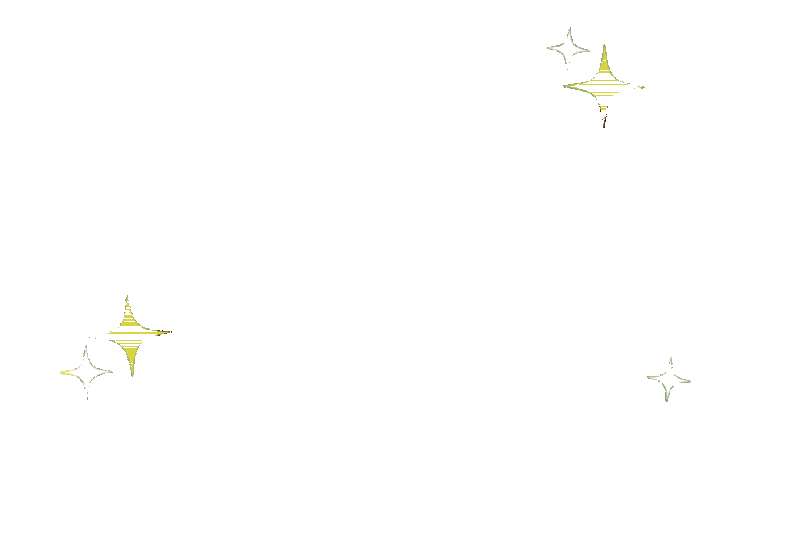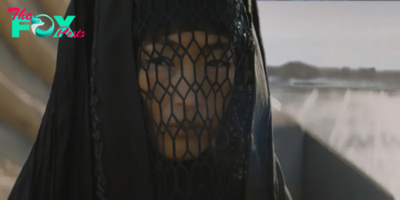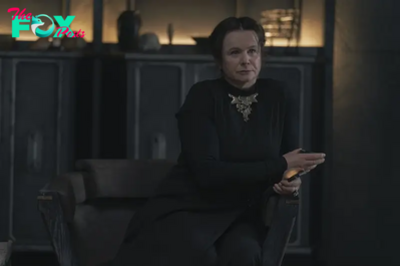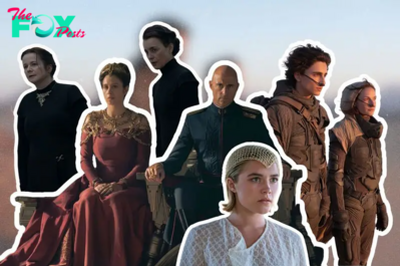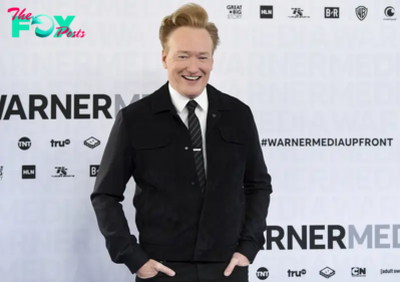Entertainment
Borderlands Is a Video Game Movie Made for Absolutely No One
On the surface, a Borderlands movie makes perfect sense. When video game mega-publisher 2K released the first entry in 2009, it quickly accrued a fanbase—one that only grew over the next 10 years, during which developers Gearbox Software and 2K Australia pumped out a total of four entries in the franchise. Borderlands bore the hallmarks of many popular games during the 2010s: quirky characters, crude humor, a unique, cartoonish visual style, a vast planet to roam, and, most importantly, procedurally generated weapons (known as loot), with which players could shoot at aliens until they explode into a melange of blood and guts. This formula resonated with players to the tune of critical acclaim, many millions of copies sold, and $1 billion in revenue. Based on those metrics, a move to the big screen seemed inevitable.
But that was the 2010s, and this is now. While Borderlands once captured the zeitgeist, that’s hardly been the case in this decade. Barring a handful of spinoffs, the last major Borderlands release came in 2019—five very long years ago, and 10 years after the series began. While well-received, Borderlands 3 arrived at a time when players were turning against games of its ilk. The industry had begun to move away from the random collectible-driven gameplay that Borderlands helped to popularize, as completist players bemoaned the amount of tedious work required to find unique loot. Worse, publishers had begun to abuse and degrade the system by monetizing it, incentivizing players to pay up in order to get items that technically were available for free—if they wanted to spend untold hours to find them.
Lionsgate couldn’t necessarily have predicted, when it began working on a film adaptation of the franchise in 2015, that the Game would feel like a relic by the time that movie hit theaters. But by 2024, its potty-mouth sense of humor has aged poorly and its characters have all but disappeared from the zeitgeist. The fondness fans feel is, if anything, a nostalgic one, and mostly for its Gameplay. But now, after multiple rewrites and reshoots, Borderlands the movie has finally landed in theaters—to the excitement of no one. Ironically, right as Hollywood has started to learn how to successfully adapt Games for the screen, Borderlands arrives as a reminder of how not to do it. And that’s by attempting to appeal to every possible audience, while alienating all of them: It’s a movie made for absolutely no one.
A buzzy cast can’t compensate for a host of shortcomings
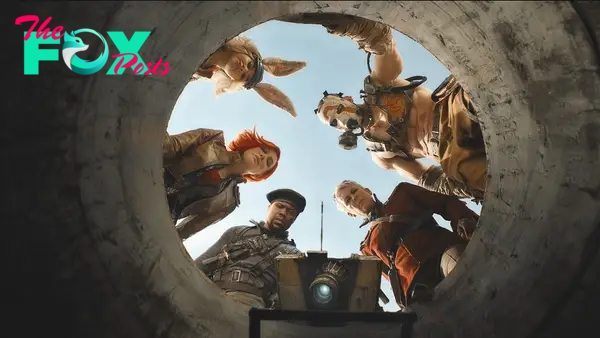
With Borderlands, Lionsgate pulled a classic trick to attract unfamiliar viewers to an established property: hiring extremely famous actors to star in it. Those names include Cate Blanchett (whose shockingly stiff red wig is the most interesting thing about her here), Kevin Hart (miscast as a stoic soldier), a twitchy Jamie Lee Curtis, and Jack Black, the one cast member whose inclusion makes sense. Black, who most recently shone as the voice of The Super Mario Bros. Movie’s Bowser, voices comic relief/mascot Claptrap, a robot who talks nonstop and makes a ton of poop jokes—very appropriate casting. Joined by Barbie breakout Ariana Greenblatt as a mischievous teen, it’s a buzzy if slapdash mix.
Unfortunately, these actors’ respective faNBAses don’t quite align with that of either Borderlands or the usual target audience of director/co-writer Eli Roth, best known for schlocky horror. Roth’s script—initially co-written by Craig Mazin, who ditched and removed his name from the project before working on, funnily enough, HBO’s highly acclaimed The Last of Us—forces this ragtag group of comedians and Oscar winners into derivative formulas. Roth’s version of Borderlands is equal parts Guardians of the Galaxy, Mad Max, and Dragon Ball, in an effort to appeal to non-Gamer lovers of action comedies. Seizing upon the video Game’s techno-futuristic wasteland setting and quintet of oddball leads, Roth tells a story about mismatched space misfits in search of a vault that hides a source of ultimate power. But its cinematic inspirations’ wit, style, and energy are all absent. A moviegoer not already invested in the franchise but a fan of any of those it ripped off will leave at best disappointed, at worst feeling completely misled.

It’s a shame, because Borderlands’ wit, style, and energy are crucial to the games’ success. But the issue with translating all of that to a film is that those qualities manifested in its visuals and gameplay more than its storytelling. Its characters could be obnoxious and its story superficially shallow, with much of the good stuff reduced to lore players had to seek out. It’s the enjoyable over-the-top weapons whose praises players still sing, something that the film doesn’t or can’t include. The most fun of Borderlands’ features is that there are so many weapons, players will never see them all—that spontaneity and sense of achievement when you find an extra-cool one disappears when you’re not the one unlocking it yourself. In focusing on eking out a dynamic between divergent cast mates, the live-action Borderlands sacrifices the goofy world-building that made the games iconic.
Similarly ignored, but in theory more easily replicable, is Borderlands’ visual style. The franchise’s cartoonish, colorful look helped it stand out among other first-person shooters of its era, which were often mocked for being mired in shades of brown. Borderlands’ art direction pulled from graphic novels, with thick lines and hand-drawn textures to give the characters a special depth. Barring an animated adaptation of the franchise, the live-action movie could have indulged this: Think Scott Pilgrim vs. the World’s use of written sound effects and bold colors. Instead, Roth made his Borderlands look like the video games that the franchise repudiated in the late aughts, with Blanchett’s hair standing out even more amid the drab settings.
Floundering amid a renaissance of video game adaptations
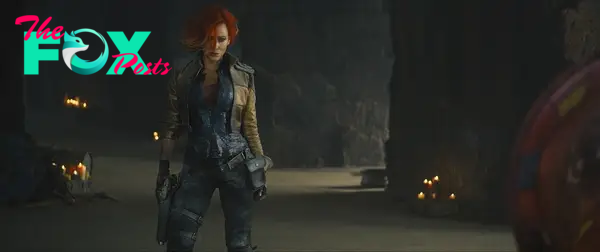
The film contains nothing to justify the leap between mediums. That’s a problem for fans, even those who approached the movie with a deep sense of caution from the beginning. (Now that reviews are out, it’s clear that fans abhor it even more than average critics.) But even when the Borderlands games came out, there was no reason to expect that a movie version could ever be good. Video game adaptations have been notoriously terrible for much of the medium’s existence, missing the key elements that make the games fun. Some of that is just the nature of the beast—how do you reflect how good it feels to press a certain combination of buttons in time in a non-interactive medium? But the 2020s have shown that there are avenues to capture the spirit of a game in ways that don’t alienate the fans and simultaneously attract people who have no idea what the game is even like. Borderlands’ inability to do either stands out even more in this landscape.
In the last few years, The Last of Us and Prime Video’s Fallout have reset the bar for gaming adaptations. First, they’re more logical candidates for the live-action treatment than something like Borderlands: The Last of Us is a narrative-driven shooter with a defined cast of characters, and players are encouraged to grow attached to them. The emotional stakes mesh well with the action gameplay, which mirrors the pulse-quickening anxiety that the characters feel as they trudge across a zombie-torn country. The TV show emphasizes these traits to create something compellingly human for average HBO viewers; enticingly action-filled for sci-fi fans; and impressively familiar for players of the smash-hit games. The great casting and performances is a bonus.
The Fallout franchise is known for its well-defined setting: the post-apocalyptic remnants of America, where humans live in ’50s-style vaults (gamers love a vault), blissfully unaware of the wasteland (gamers love a wasteland) that exists outside of its walls. Recognizable but dilapidated sites stand in sharp relief with the mutants and heinous creatures that overrun them. The TV show accurately recreates this combination, as well as the violence and ironic humor that accompanied it. The end result is a compelling dramedy in the vein of Westworld, whose creators worked on Fallout. At the same time, its game-accurate feel resonated with Fallout fans, as did its attention to the franchise’s iconic details.
By comparison, Roth’s Borderlands is doomed to flop with fans and general audiences. Early box-office projections look dour, especially against a budget reportedly as high as $120 million. That’s what happens when the movie feels as dated as the games now do, saddled with poor writing, soulless style, and awkward casting. (Kevin Hart, of all people, plays the movie’s one straight man.) Maybe that’s just as well. But if it wasn’t going to aim for the critical highs of The Last of Us, which filmed around the same time, it could have at least done fans a service by paying homage to what made the franchise so popular at its time. The kiddie Super Mario Bros. Movie, for instance, wasn’t a hit with many reviewers, but it shone in its dedication to capturing the look and feel of the Mario games. Instead, Borderlands is retrograde; it doesn’t work hard enough to appeal to the fans who feel duty-bound to see it, and it doesn’t stand out enough to attract moviegoers who have seen all the better movies it steals from. It simply, boringly, forgettably exists.
-

 Entertainment3h ago
Entertainment3h agoFace Me and Other Korean Medical Crime Shows That are Must Watch
-
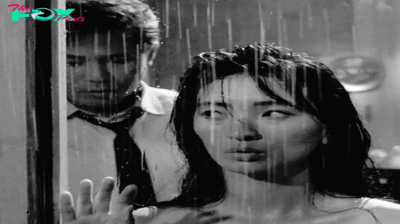
 Entertainment9h ago
Entertainment9h agoClassic Korean Movies Like Piagol to Add to Your Watch List
-

 Entertainment9h ago
Entertainment9h agoOver 60 Million People Tuned in to Watch Jake Paul vs. Mike Tyson
-

 Entertainment16h ago
Entertainment16h agoPopular Hudson Valley Italian Restaurant Addresses Closing Rumors
-
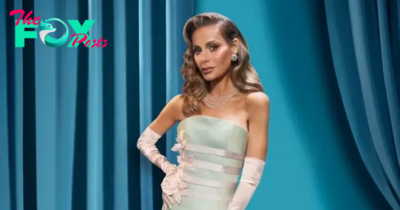
 Entertainment17h ago
Entertainment17h agoRHOBH’s Dorit Kemsley Addresses Viral Smoking Scene on Season 14 Premiere: ‘I Was Being Chased’
-

 Entertainment22h ago
Entertainment22h ago‘RHOBH’ Star Dorit Kemsley Opens Up About Crumbling Marriage to PK: ‘Agreed to Separate’
-

 Entertainment1d ago
Entertainment1d agoAmerica On CoffeeWe’re simply inviting you to take a timeout into the rhythmic ambiance of our breakfast, brunch and/or espresso choices. We’re completely satisfied everytime you cease by.“BLONDIE – RAPTURE”
-
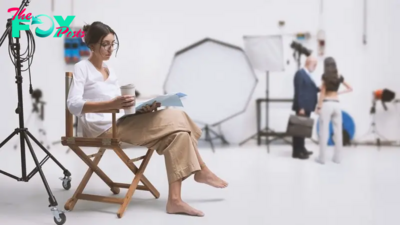
 Entertainment1d ago
Entertainment1d agoAn Important Information to Navigating the Casting Course of
